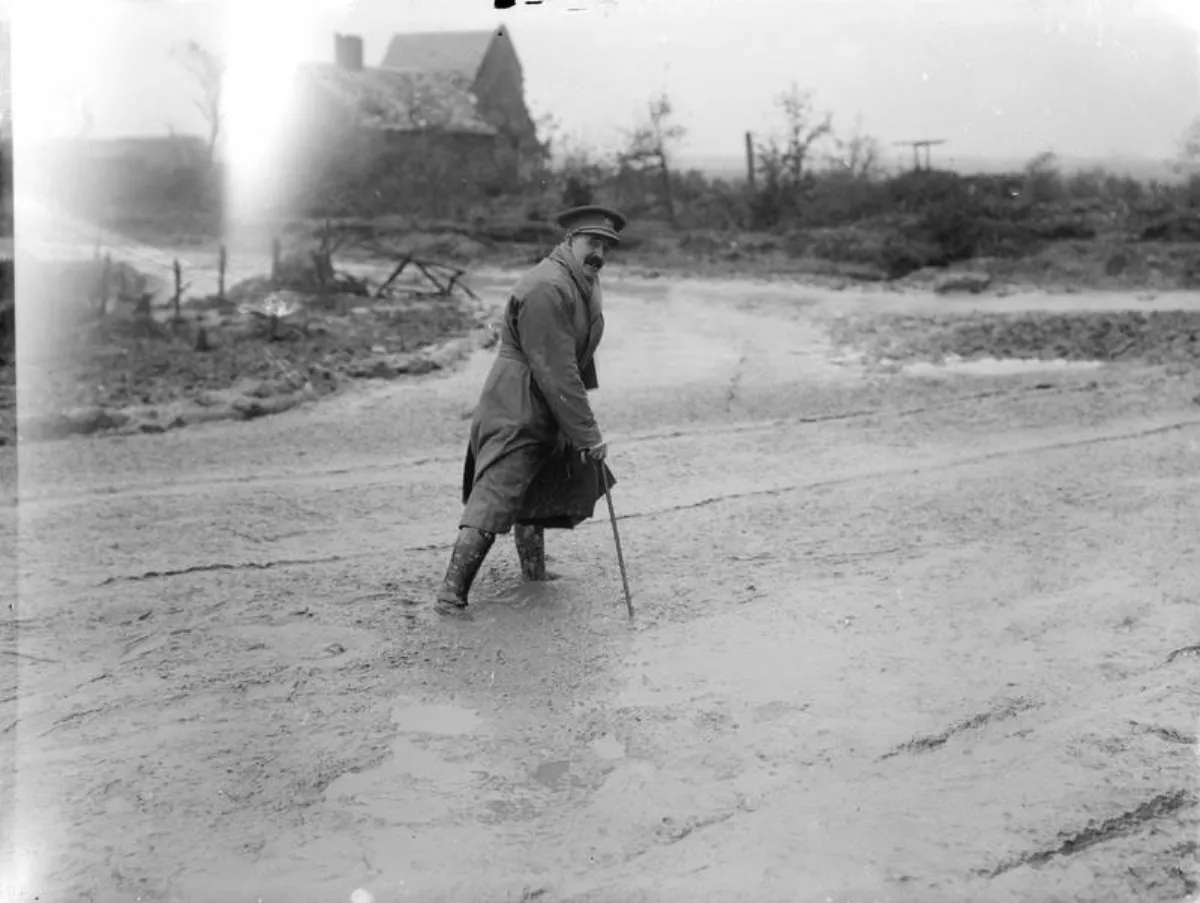 1.
1. Sir Muirhead Bone was a Scottish etcher and watercolourist who became known for his depiction of industrial and architectural subjects and his work as a war artist in both the First and Second World Wars.

 1.
1. Sir Muirhead Bone was a Scottish etcher and watercolourist who became known for his depiction of industrial and architectural subjects and his work as a war artist in both the First and Second World Wars.
Muirhead Bone was well known, if not notorious, for publishing large numbers of different states of etchings, encouraging collectors to buy several impressions.
Muirhead Bone was an active member of both the British War Memorials Committee in the First World War and the War Artists' Advisory Committee in the Second World War.
Muirhead Bone promoted the work of many young artists and served as a Trustee of the Tate Gallery, the National Gallery, and the Imperial War Museum.
Muirhead Bone's parents were journalist David Drummond Bone and Elizabeth Millar Crawford.
Muirhead Bone was initially apprenticed as a painter of porcelain and later as an architect's draughtsman and completed a four-year apprenticeship before immediately turning to art.
Muirhead Bone studied at the Glasgow School of Art, initially at evening classes.
Muirhead Bone began printmaking in 1898, his first known print was a lithograph and he is better known for his etchings and drypoints.
In 1901 Muirhead Bone moved to London, where he met William Strang, Dugald MacColl and Alphonse Legros, and became a member of the New English Art Club.
Muirhead Bone held his first solo exhibition at the Carfax Gallery in 1902.
Muirhead Bone was a member of the Glasgow Art Club with which he exhibited.
In 1903, Muirhead Bone had finally achieved enough financial success as an artist that he could afford to marry Gertrude, after a five-year engagement.
Muirhead Bone continued to visit Ayr, producing the notable prints of Ayr Prison in 1905 and a series based on the view of the Ballantrae Road in 1907.
Where some artists might have demurred at the challenge of drawing ocean liners in a drydock or tens of thousands of shells in a munitions factory, Muirhead Bone delighted in them; he was rarely intimidated by complex subjects and whatever the challenge those who commissioned his work could always be sure that out of superficial chaos there emerged a beautiful and ordered design.
Muirhead Bone arrived in France on 16 August 1916, during the Battle of the Somme and produced 150 drawings of the war before returning to England in October 1916.
Muirhead Bone visited France again in 1917 where he took particular interest depicting architectural ruins.
Muirhead Bone was an active member of the British War Memorials Committee and helped select which artists received commissions from the committee.
Muirhead Bone established the Muirhead Bone Fund to purchase works for the Imperial War Museum with his share of the proceeds of the sale of reproductions of his own works.
Muirhead Bone began to undertake extensive foreign travels, visiting France, Italy and the Netherlands, which increasingly influenced his work.
Muirhead Bone received a knighthood in the 1937 Coronation Honours for services to art and he served as a Trustee and on the committees of several institutions including the Tate, the National Gallery and the Imperial War Museum.
At the outbreak of the Second World War, Muirhead Bone was appointed a member of the War Artists' Advisory Committee and became a full-time salaried artist to the Ministry of Information specialising in Admiralty subjects.
Muirhead Bone produced scenes of coastal installations, evacuated troops and portraits of officers.
Muirhead Bone was buried in the churchyard adjacent to the St Mary's Church, Whitegate at Vale Royal parish in Cheshire.
Muirhead Bone has a memorial stone in St Paul's Cathedral in London.